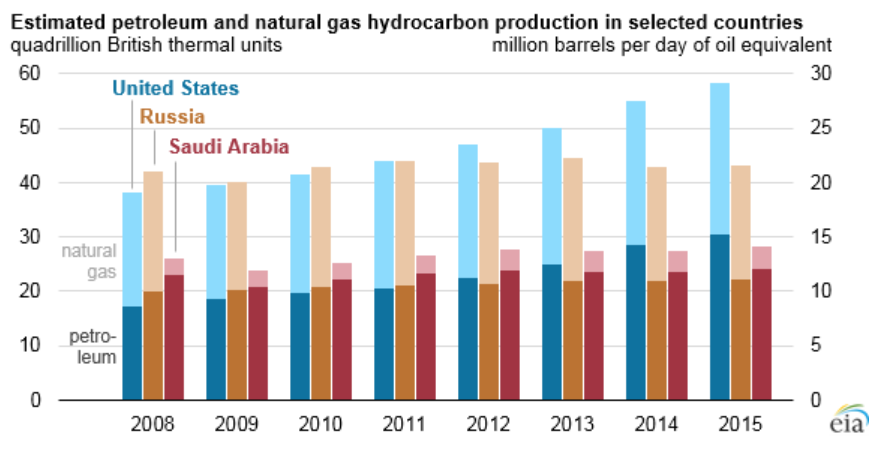Afroz Khan is sworn in as a member of Newburyport City Council!
Full video link is below–forward to 23:38
FORWARD THINKING

Afroz Khan is sworn in as a member of Newburyport City Council!
Full video link is below–forward to 23:38

The Minnesota Department of Commerce, GDS Associates, and the Center for Energy and Environment invite you to participate in our next stakeholder meeting exploring barriers and opportunities to electric utility infrastructure (EUI) efficiency projects.
This upcoming meeting will be a great opportunity to hear from supply-side efficiency experts, network with peers in the energy industry, and help shape Minnesota’s utility infrastructure efficiency policy.
Kevin Lawless, Principal at The Forward Curve, will present ideas for how system efficiency metrics could be defined, measured, and applied to EUI goals and performance.
Monday, February 12, 2018
8:30am - 12:00pm CST
Minnesota History Center
345 West Kellogg Boulevard
Saint Paul, MN 55102

At the beginning of 2017 we decided to ‘Make It Real” and here are some ways our employees and associates Made It Real:

Congratulations, Afroz on your election as Newburyport City Councilor!

Kevin Lawless looks forward to seeing you at the ACEEE National Energy Efficiency as a Resource conference October 30-November 1 in Arizona. Text Kevin at 612-366-1812 if you want to set up a meeting while attending the conference.
The Wigwam Arizona
Litchfield Park, AZ
October 30, 2017 to November 1, 2017
Anand Satchidanandam, who has worked on behalf of The Forward Curve for the past three years through Emtec Services, is moving onto a new phase in his career. He is moving to NYC to attend the Columbia University MBA program for the next two years. Anand has been an integral part of our efforts at Consolidated Edison and other clients during his time with us. We wish all the best for Anand as he makes this change and thank him wholeheartedly for all of his efforts as part of our team. Congratulations, Anand!
We were happy to have participated in the March for Science Minnesota on Earth Day (April 22) and the Minnesota People's Climate March on April 29th!


By Afroz Khan
Best practices on TRM development were recently reviewed and defined in the 2016 ACEEE Summer Study paper titled “Technical Reference Manuals Best Practices from Across the Nation to Inform the Creation of the California Electronic Technical Reference Manual (eTRM).” Interestingly, California was one of the first states to create a “deemed” approach for quantifying energy savings through the Database of Energy Efficiency Resources (DEER) in 1994.This paper points out that DEER currently has over 600,000 measure combinations and lacks transparency on source documentation. So what was once a reliable and dependable resource has now become outdated and cumbersome to follow. The paper reviewed currentefforts aimed at evolving DEER into a more comprehensive, transparent and consistent format.
The research conducted by the authors includes a literature review of previous papers and reports on this topic, as well as primary research gathered by interviewing entities involved inthe process of TRM development for 20 jurisdictions.While specific details can be gleaned from the paper itself, an overarching point is that in order to create a successful framework, the process, structure, and content should “support a common set of mutually understood assumptions and estimates.”
Here are some key takeaways from this paper that I have also found to be critical in the TRM work in which we have been involved:
1. Collaboration is a key to success in creating a process which prioritizes consensus building, transparency, and buy-in.Different organizationsshould engage so that peer review is robustand approached from a variety of perspectives and experiences.By defining membership in a formal manner, commitment to rigor and quality can be assured.
2. The schedule and timeline should be clearly defined and agreed upon by all parties so updates and revisions can be anticipated and developed prior to effective date.
3. TRM teams should document all technical discussions and areas of contention during peer review. This point is described in the paper as a “Comparison Exhibit” that clearly memorializes each position, rationale, and associated data.
4. All measure values should be reproducible. Secondary research is only as good as the citation made to reference it. An inactive or incorrect link that only results in a deadend defeats the intention of transparency.
In addition to the points above, the paper includes a comprehensive “Before you Start” check list. This list identifies the technical issues to consider prior to starting any TRM development. This list is relevant for teams tasked with new TRM development or significant updates to existing TRMs. Starting with this list will serve as a useful kick-off for increasing the power of your TRM.
We are sponsors of the 2016 AESP Summer Conference. Join us there.
Contact Kevin Lawless for more information about how The Forward Curve can help you.
Over the past month, several reports highlight an amazing dichotomy in US energy production. A strong divergence exists between production trends in the oil and gas sector and the utility power generation sector. Each of these sectors has evolved in different directions, particularly when we consider the impact of these sectors on the economy and CO2 emissions.
The first trend is that the US has become the world’s leading producer of petroleum and natural gas. The US surpassed Russia’s production in 2012 and Saudi Arabia’s the following year. Since 2011, US petroleum production has grown by approximately 1 million barrels per day each year. By 2015, this US dominance in oil production has expanded to the point where the US produces 20% more oil than Saudi Arabia and 35% more than Russia. Even in the face of falling prices in 2015, the US market position continued to expand.

Source: http://www.eia.gov/todayinenergy/detail.cfm?id=26352
A very divergent trend is seen in the utility power generation sector. Utilities are rapidly moving away from coal to lower or no emission CO2 sources. While that isn’t necessarily news, the magnitude of this trend and its recent impact on CO2 emissions may be surprising to many. CO2 emissions from the power plant sector have fallen to their lowest levels in 22 years. While we can argue about the strength of economic activity since the Great Recession, there is no doubt that a roughly 2% GDP growth rate should lead to higher CO2 emissions. Instead, in the face of this GDP growth, utility CO2 emissions declined by approximately 20% since 2008.

Source: http://www.eia.gov/todayinenergy/detail.cfm?id=26232
Natural gas, as a low cost fuel, has supplanted coal-based electricity across the country. But,renewable energy sources have also surged. In the first quarter of 2016, more renewable energy capacity was brought online than any other type of electricity generation. While renewables and natural gas are leading utility generation investments, coal-based plants continue to close across the country.
Perhaps oil and natural gas production will start to level out in 2016. Low prices, large declines in drilling rates, and slowly increasing electrification of the transportation sector haven’t fully run their course yet. In 2016, analysts expect an even stronger decline in utility-based CO2emissions as coal production continues to weaken as noted recently in this article: http://www.nytimes.com/2016/06/11/business/energy-environment/coal-production-decline.html
These large-scale trends show that, as a country, we can change our energy and emissions trajectory. We can bend the curve. The only question is when will we bend the curves in the same direction with a consistent, comprehensive energy policy?
